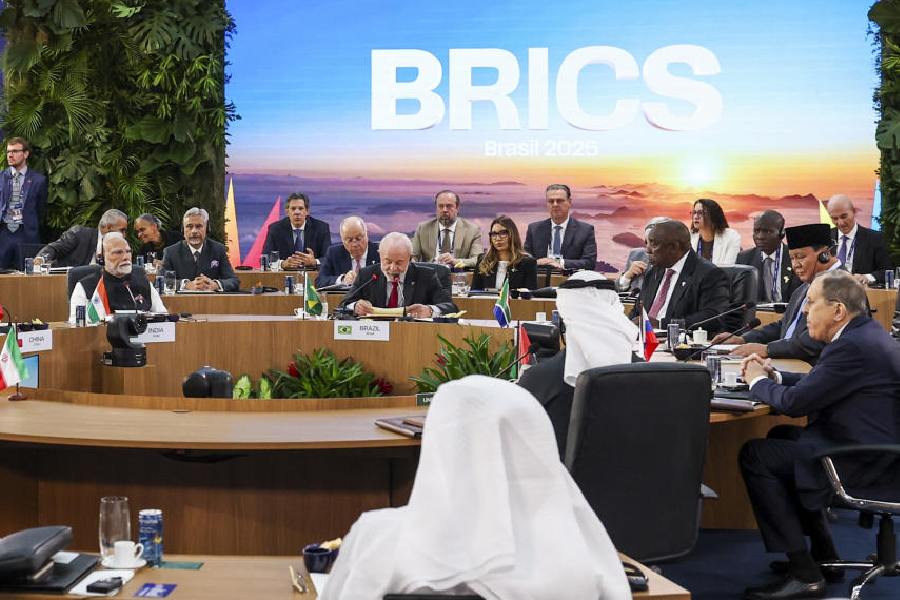The dream of unhindered rides on city buses for Patna residents may find it difficult to see the light of day, claimed Bihar State Road Transport Corporation (BSRTC).
The claim is based on the findings of a BRSTC team that recently went to Ahmedabad to study the acclaimed bus-rapid transit (BRT) system in the Gujarat capital.
The system allows city buses to travel unhindered on dedicated lanes on streets. No other vehicles are allowed to enter the lanes. As a result buses travel fast and do not obstruct traffic.
A similar system for Patna is not feasible, said BSRTC administrator Uday Singh Kumawat on Wednesday. He told The Telegraph: “We had sent a team to Ahmedabad to study the BRT system in the city. Based on the study and the present road geometry and traffic system in Patna, it is not feasible to introduce it here.”
Sources said the BSRTC team had been sent to Ahmedabad as the urban development department was planning to run 100 low- floor buses in Patna under Jawaharlal Nehru National Urban Renewal Mission. The department has already given purchase order for 30 buses for Bodhgaya and the process of buying 100 vehicles for Patna is also underway.
Patna already has 400 buses run by different private and government agencies. A source said if BRT could be introduced in the city, it would provide of relief to the clogged streets.
An official of the urban development department said: “The JNNURM buses are being run on BRT in many of the mission cities. The Uttar Pradesh government is also conducting a feasibility study to develop of BRT corridors in Lucknow. Operating the JNNURM buses on BRT lanes is convenient and economical.”
Several BRT corridors, like those in Ahmedabad, are closed systems.
The buses are not allowed to go out of the bus-way, which is separated from rest of the road by a divider. Some other BRTs are open corridors. The dedicated corridors are separated from the rest of the road by markings.
Special stations, which act as bus stops, are developed on regular intervals on the BRT corridors. These provide level access between boarding platforms and the low bus floors.











